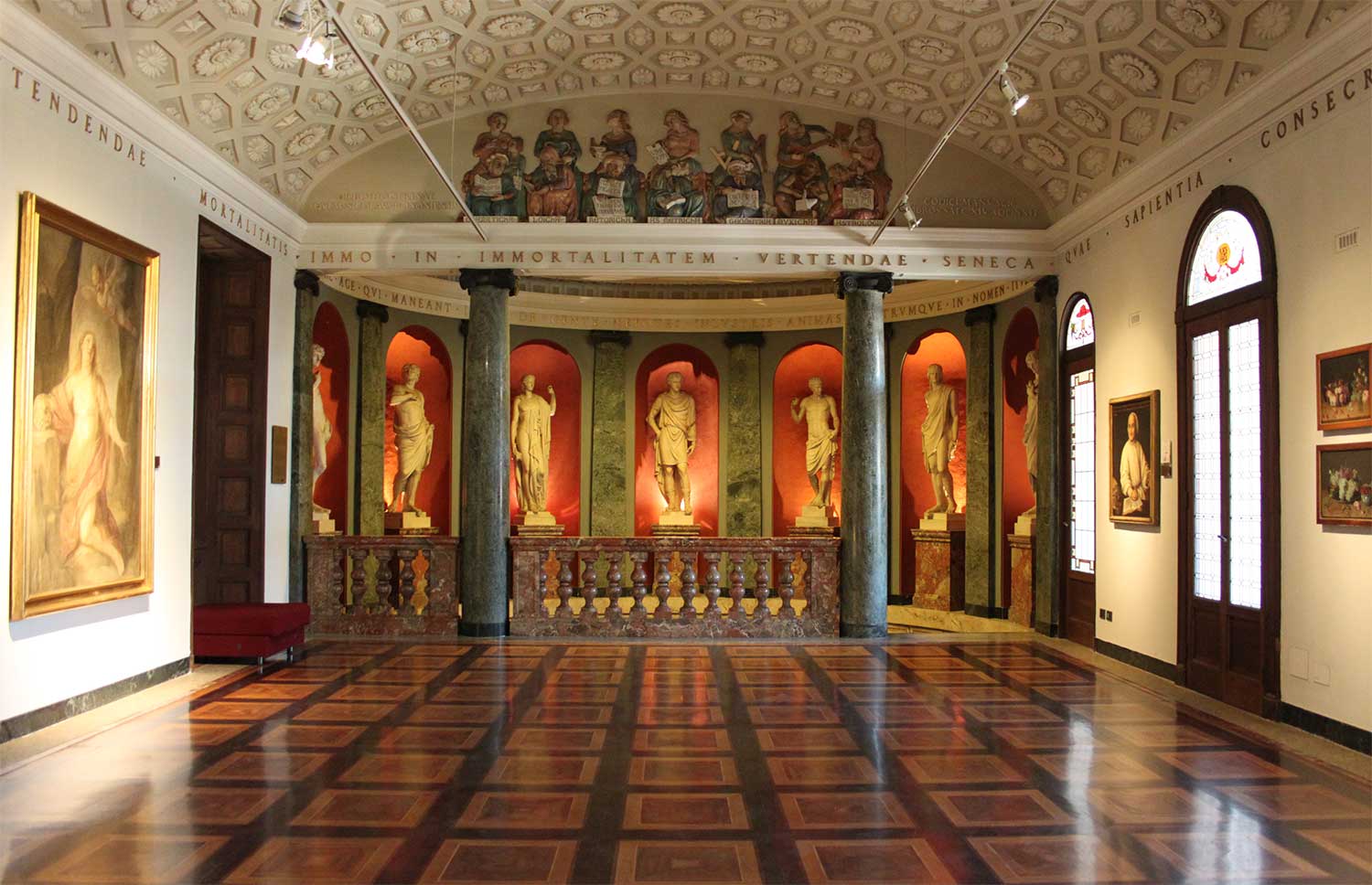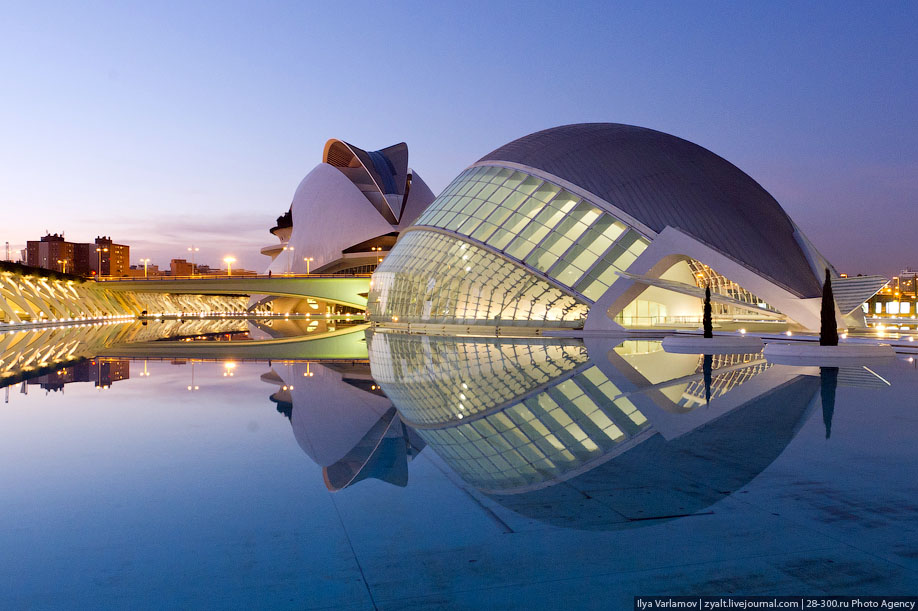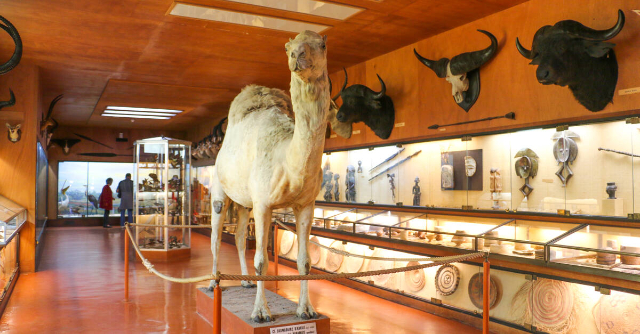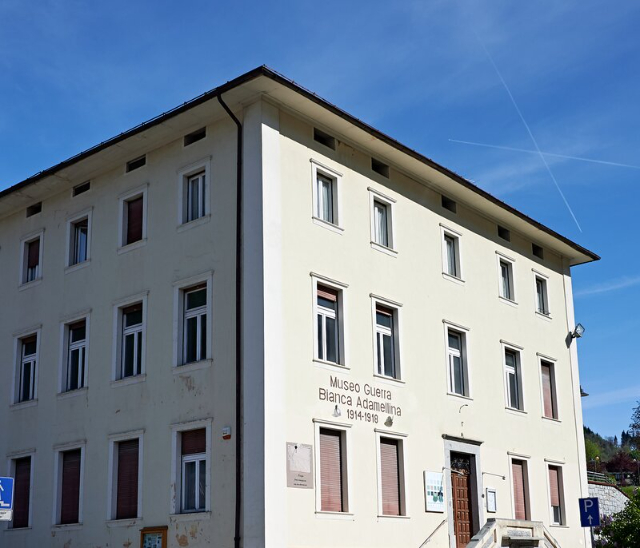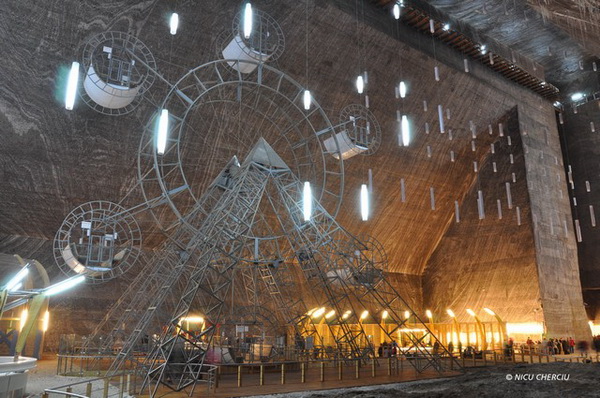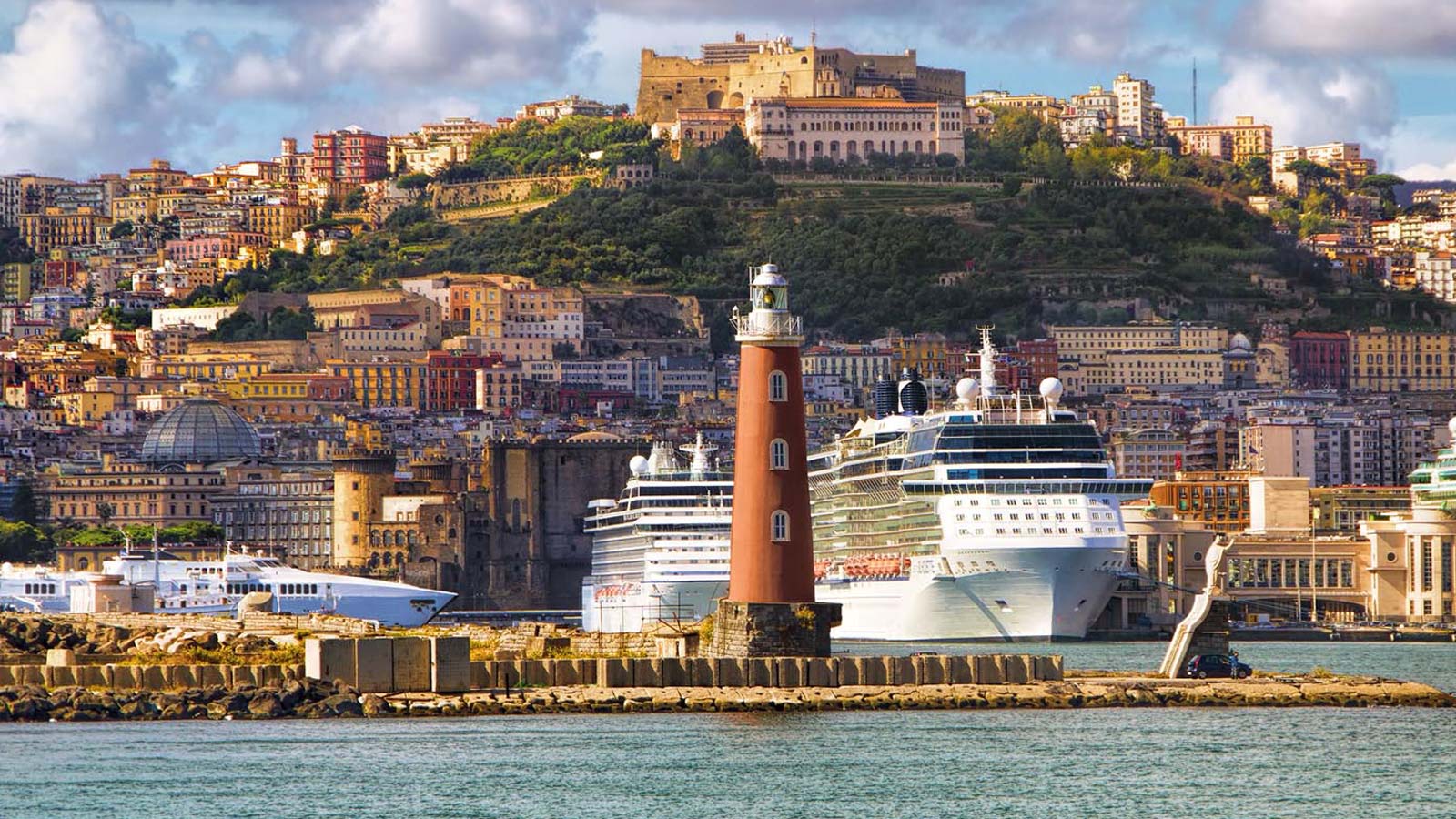The Pinacoteca Ambrosiana is a museum in Milan located inside the Palazzo dell’Ambrosiana. The Pinacoteca was founded in 1618 by Cardinal Federico Borromeo who donated his collection of paintings, sculptures and drawings to the Ambrosiana Library already established in 1607.
The Pinacoteca was created in order to guarantee free artistic and cultural education for anyone with artistic or intellectual qualities. This institution was created with the role of support and model for the Academy of Fine Arts present in Milan from 1621 to 1776. Despite the closure of the Academy of Fine Arts, the Pinacoteca Ambrosiana has always enriched its collections over the centuries and now houses numerous world-famous masterpieces.
Since 2009 the Sala Federiciana of the Pinacoteca has housed the Codex Atlanticus, a collection of drawings and paintings by Leonardo da Vinci. In the Pinacoteca Ambrosiana there are currently the collections of Federico Borromeo and numerous later bookbinders including paintings by Leonardo da Vinci (Portrait of a musician), Bramantino, Ambrogio Bergognone, Bernardino Luini, Tiziano, Jacopo Bassano, Moretto, Savoldo, Giovanni Paolo Lomazzo, Jan Brueghel il Vecchio, Cerano, Morazzone, Daniele Crespi, Anton Raffaello Mengs, Andrea Appiani. You can admire works by Raffaello including the drawings of the fresco "La Scuola di Atene", by Caravaggio with "Canestra di frutta"; by Botticelli with "Madonna col Bambino e tre Angeli" and many others. Today it has 24 rooms that follow a chronological path that begins with the collection of Cardinal Federico until the beginning of the 20th century. Inside there are more than 1,500 works in wood, canvas and copper. The collection includes 248 drawings by various masters including Raphael, whose great fresco of the School of Athens, the largest existing image of the Italian Renaissance, is preserved and Leonardo’s "Codex Atlanticus" with its 1750 technical and scientific drawings.
